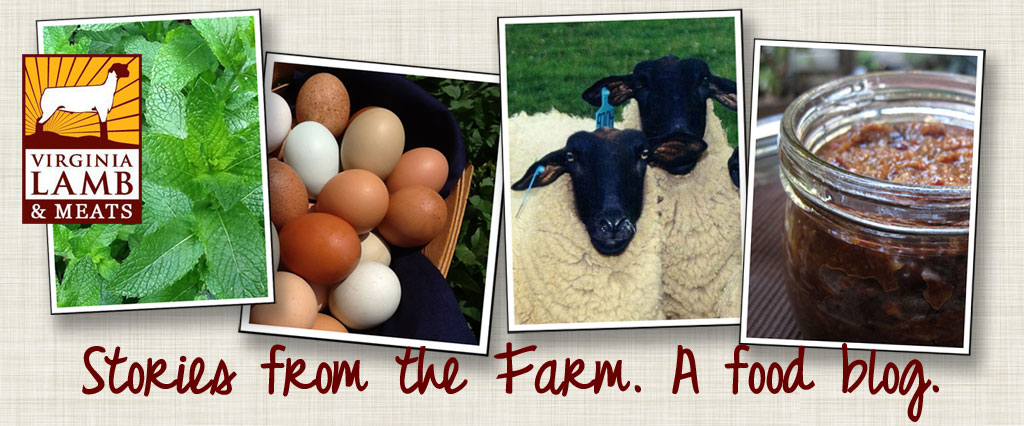Since we began selling Rose Veal at the
farmers market, I have had several customers ask for recipes for ground veal. I
posted a blog last week on Pasta with Veal, Capers, and White Wine and today I
have another great recipe for Veal Stuffed Peppers.
Veal Stuffed Peppers
1/2 - 3/4 pound
ground veal
1/3 cup long
grain rice
2-4* large green
peppers
Olive oil
1 rib
celery, finely diced
1/2 small red
onion, finely diced
1 clove
garlic, minced
1/4 - 1/3 zucchini,
finely diced
1 tomato,
finely diced with juices
1/4 cup
freshly grated parmesan cheese
3/4 teaspoon dried
oregano
1/8 cup flat
leaf parsley, chopped
1/4 cup panko
bread crumbs
Preheat oven to 350 degrees.
Rinse rice under cold water. Put in small pan with 3/4 cup
water and bring to boil. Once boiling, reduce heat to low and cover. Allow rice
to sit for 15 minutes. Rice should be slightly soggy.
Slice the tops off of the peppers and remove seeds and
stems. Dice tops, leaving the bottoms whole as they will serve as the bowls for
the stuffing mix.
In a medium skillet add celery, onion, and garlic. Cook for
5 minutes. Add zucchini and tomato and cook until onions are translucent and
vegetables start to soften. Salt and pepper to taste.
In a medium bowl, combine cooked rice, oregano, parsley,
cooked vegetables, cheese, and most of the breadcrumbs. Stir until evenly
distributed.
Spoon stuffing mix into pepper bowls. Place in a loaf pan
with one inch of water in the bottom. Sprinkle with additional panko bread
crumbs.
Bake for 45 minutes.
Note: As someone who tries to focus on seasonal vegetables, I tend to improvise quite often in my recipes. I
happened to have had beautiful dirt grown tomatoes and zucchinis when I wrote
this recipe. Feel free to add, subtract, or swap based on your preferences.
You could try various types of squash or eggplant. Just be sure to dice them relatively small. In the winter months
I substitute stewed tomatoes.
*Because I add whatever vegetables I have on hand, my
stuffing often outgrows my pepper bowls. The above recipe is intended for two large
peppers but I often end up with enough stuffing mix for four. If this is the
case, simply stuff the extra two peppers and freeze them in a sealed baggy
before cooking them. Later pull them out of the freezer, allow them to partially thaw, and then
bake.



















